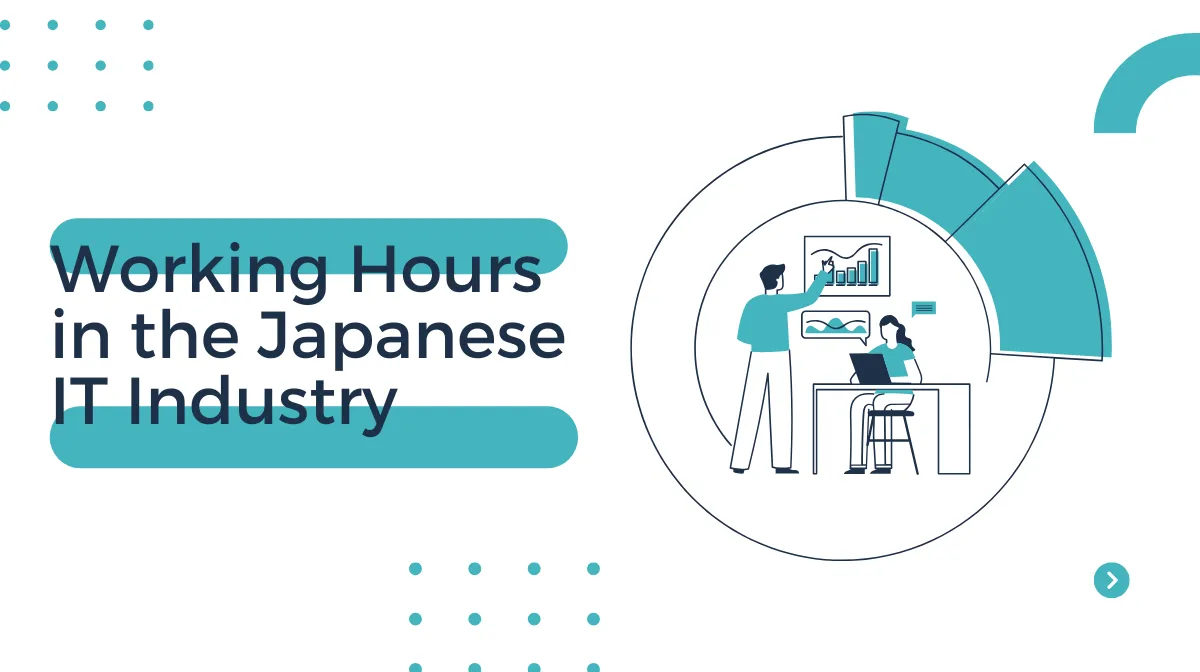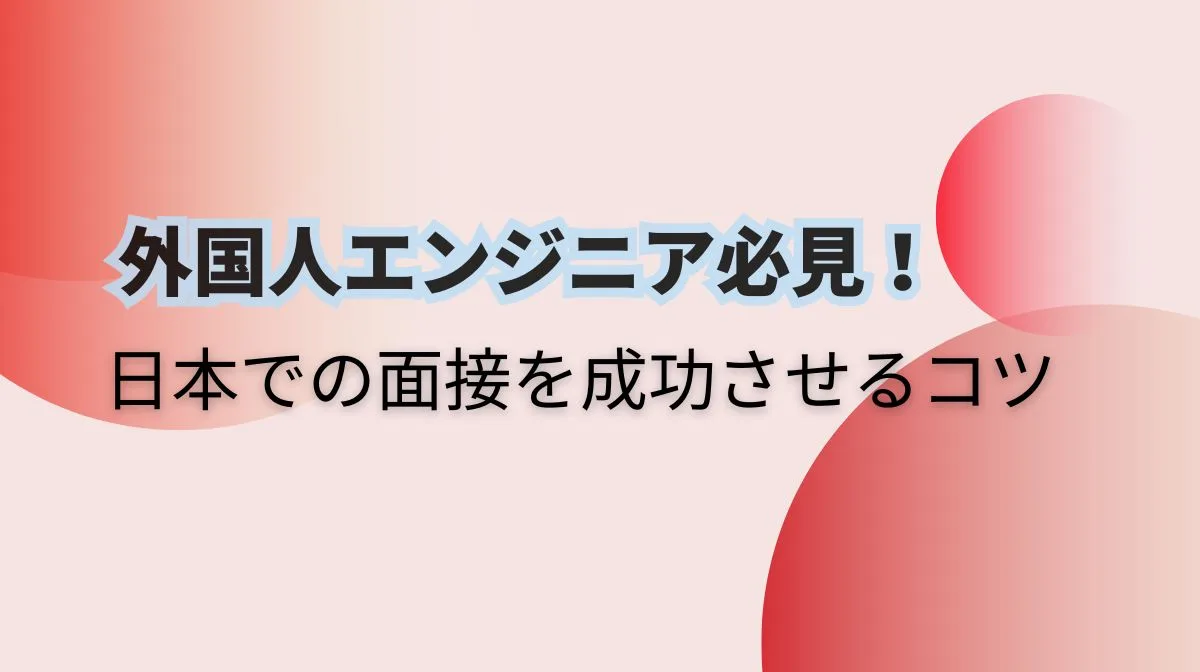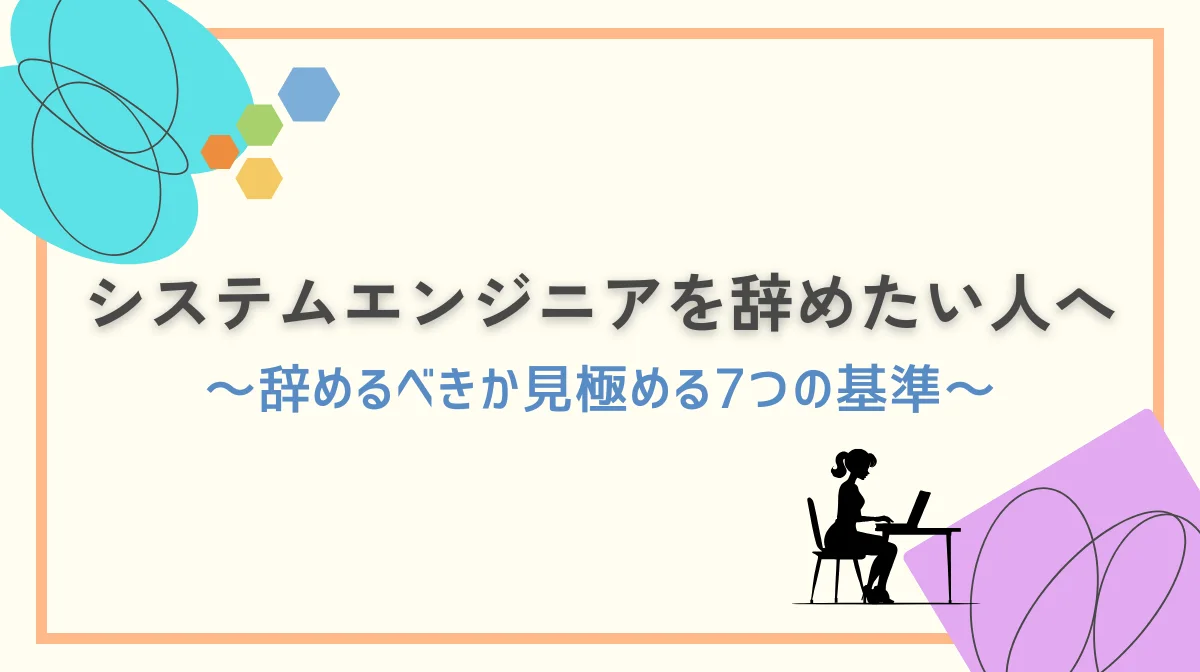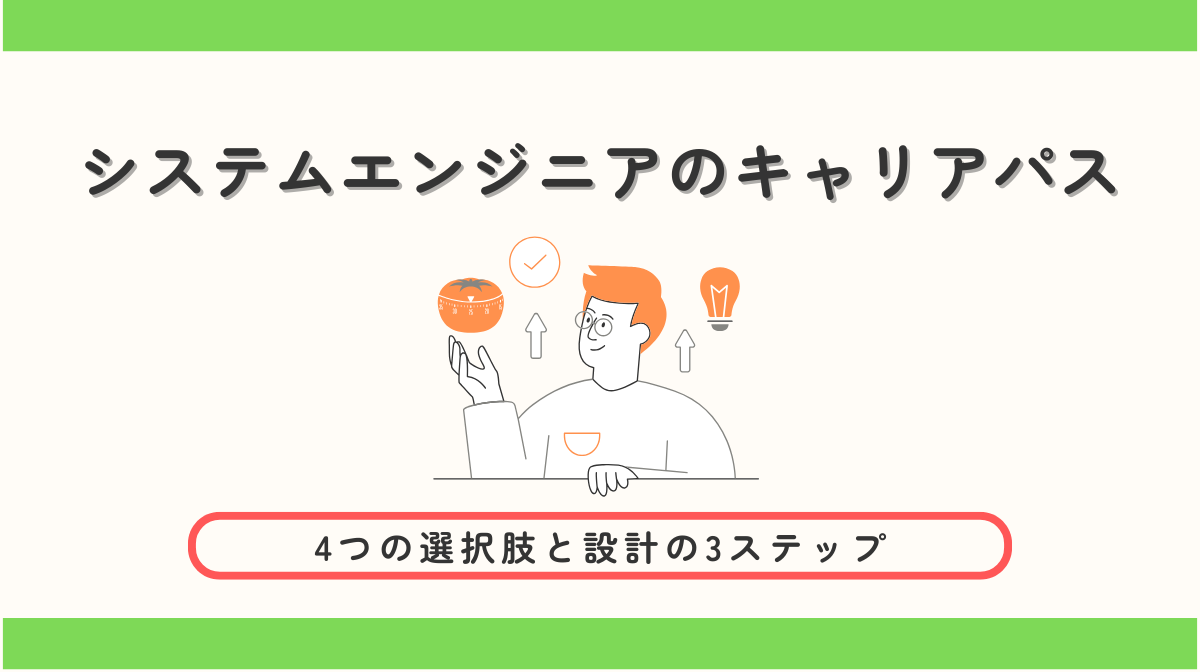Working hours in the IT industry are at a major turning point due to work style reforms and the evolution of digital technology.
As the industry moves away from traditional long working hours toward new work styles that emphasize productivity and creativity, regulatory frameworks and corporate initiatives are also advancing.
This article provides a detailed explanation of the current state of working hours in the IT industry and key points for realizing ideal work styles.
1. Current State of Working Hours in Japan

Let’s take a detailed look at the reality of working hours and weekly working hours in Japan’s IT industry.
IT Industry’s Average Weekly Working Hours
Working hours in the IT industry have changed significantly due to recent work style reforms and technological innovations.
According to data from the Ministry of Health, Labour and Welfare, the average weekly working hours in the information and communications industry is 38 hours and 48 minutes, which falls within the statutory working hours of 40 hours per week.
While long working hours were previously a major issue in the IT industry, the data shows improvement. However, these figures can vary significantly depending on company size and job type.
Factors such as project deadlines, on-call requirements, global time zone differences, and time needed to adapt to technological innovations can have a significant impact on working hours.
IT Industry Characteristics from Industry Comparisons
When comparing working hours in the IT industry with other industries, unique characteristics emerge.
The IT industry has a high rate of flextime system adoption and remote work implementation. There are also cases where late night and early morning responses are necessary for system maintenance.
Differences from other industries
| Industry | Work Schedule |
|---|---|
| IT Industry | Flextime system is common |
| Manufacturing Industry | Shift-based work is typical |
| Service Industry | Shift system (irregular working hours) |
Other characteristics of the IT industry include the ability to work flexibly regardless of time and place due to the nature of the work.
There are large variations between busy and slow periods on a project basis, and constant time investment is needed to acquire new technologies.
Japanese Working Hours from an International Perspective
While the IT industry in Japan tends to have more overtime compared to Europe and the United States, regulations are relatively well-established within Asia, and the use of discretionary work systems and flextime is progressing.
With the advancement of work style reforms, digital transformation promotion, remote work establishment, and productivity-focused thinking are becoming more widespread.
Future challenges include correcting long working hours, achieving work-life balance, and adapting to global standards.
Japan’s IT industry is in a transition period away from the traditional long working hours culture, requiring more flexible and efficient working hour management.
2. Laws and Regulations on Working Hours

Legal regulations on working hours are an important framework for protecting workers’ health and rights. Let’s examine the major regulations, taking into account the specific situation of the IT industry.
Basic Concept of Statutory Working Hours
The basic framework of statutory working hours specified in the Labor Standards Act:
Daily working hours
In principle, up to 8 hours (excluding break times)
Weekly working hours
In principle, up to 40 hours (up to 44 hours for workplaces subject to special measures)
Regarding the application of statutory working hours in the IT industry, working hours are defined as the time from the start to the end of work excluding break times, and training and meetings are also included in working hours.
Various flexible working hour systems can be utilized, including flextime systems, monthly variable working hour systems, and yearly variable working hour systems.
Overtime Limits Regulations
The overtime limit regulations under the Work Style Reform Law enforced from April 2019 have had a significant impact on the IT industry.
The principle limit is set at 45 hours per month and 360 hours per year, while the special clause limit is set at 720 hours per year, with a maximum of 80 hours on average over multiple months and less than 100 hours per month.
To comply with these regulations, the IT industry needs to maintain appropriate records of working hours, conclude and comply with Article 36 agreements, and conduct monthly overtime checks.
Measures against excessive work include establishing health management systems, collaborating with industrial physicians, and implementing stress checks.
Working Hour Systems Specific to the IT Industry
The IT industry utilizes special working hour systems according to the characteristics of its operations.
The discretionary work system includes professional type and planning type, while the flextime system includes types with and without core time.
The deemed working hours system for work outside the workplace applies to cases such as on-site development at clients’ premises and remote work.
When implementing these systems, it’s necessary to follow appropriate procedures, such as clarifying the target operations and making resolutions at labor-management committees.
Effective use of these systems enables both flexible work styles and appropriate working hour management.
■日本でエンジニアとしてキャリアアップしたい方へ
海外エンジニア転職支援サービス『 Bloomtech Career 』にご相談ください。「英語OK」「ビザサポートあり」「高年収企業」など、外国人エンジニア向けの求人を多数掲載。専任のキャリアアドバイザーが、あなたのスキル・希望に合った最適な日本企業をご紹介します。
▼簡単・無料!30秒で登録完了!まずはお気軽にご連絡ください!
Bloomtech Careerに無料相談してみる
3. Changes Brought to the IT Industry by Work Style Reform

The work environment in the IT industry has changed significantly due to the promotion of work style reform. In particular, new work styles utilizing digital technology are becoming established.
Relationship Between Remote Work and Working Hour Management
With the spread of remote work, the way working hours are managed has also changed.
Working hour tracking methods: Utilization of PC logs, introduction of attendance management systems, and thorough work reporting have become common
Communication methods: Online meetings, chat tools, and regular one-on-one meetings play important roles
For visualization of working hours, it’s important to clarify start and end times, ensure break times are taken, and prevent late-night work.
To prevent overwork, measures such as forced system logout, ensuring intervals between work periods, and setting alert thresholds for maximum hours are being implemented.
How to Utilize the Flextime System
In the IT industry, the flextime system is widely used to achieve flexible work styles.
The basic mechanism includes setting core times, defining flexible time ranges, and setting settlement periods.
For operation, coordination between teams, consideration of meeting times, and work handovers are important.
For successful flextime implementation: In system design: Appropriate setting of settlement periods In work management: Thorough task management, conclusion of labor-management agreements In operation: Visualization of progress, clarification of operational rules, clarification of deliverables
Impact of Working Hour Reduction on Productivity
Balancing working hour reduction and productivity improvement is an important challenge in the IT industry. For operational efficiency, the introduction of automation tools, review of work processes, and promotion of knowledge sharing are being implemented.
Additionally, reviewing work styles, such as shortening meeting times, securing concentrated work times, and reducing multitasking, is also important.
Actions being taken to improve hourly productivity
- Introduction of agile development
- Utilization of DevOps
- Establishment of CI/CD pipelines
Effective for quality management
- Streamlining code reviews
- Promoting test automation
- Resolving technical debt
Important points in team operation optimization
- Appropriate staffing
- Systematization of skill development
- Efficiency of communication
Through various changes, the IT industry is moving away from the old concept that “long working hours = productivity” and transitioning to efficient work styles.
4. Key Points for Achieving Work-Life Balance for Engineers

To achieve work-life balance for engineers, initiatives at both individual and team levels are important.
Tool Utilization for Efficient Time Management
Various convenient tools are available for modern engineers.
Task management tools
Jira, Trello, Asana
Time tracking tools
Toggl, RescueTime, WakaTime
Communication tools
Slack, Microsoft Teams, Discord
For effective tool utilization, key points in task management efficiency include clarifying priorities, setting deadlines, and visualizing progress.
For analyzing time usage, recording work time, identifying wasted time, and discovering areas for improvement are necessary.
Optimization of Task Sharing Within Teams
Efficient team operation directly leads to reducing individual working hours. For team composition, complementarity of skill sets, balance of experience levels, and utilization of strengths are important.
For work distribution strategies, introducing rotation systems, pair programming, and establishing review systems are effective.
For team management, regular one-on-one meetings, creating skill maps, and capacity planning are important. For promoting knowledge sharing, documentation maintenance, technical sharing sessions, and mentoring systems are effective.
Specific Measures to Reduce Overtime
For overtime reduction, operational efficiency measures such as promoting automation, utilizing templates, and sharing best practices are important.
For time management, setting focus times, limiting meeting times, and appropriately setting deadlines are effective.
Individual-level initiatives
Practicing timeboxing, limiting interruptions, and securing efficient learning time.
Team level
Optimizing sprint planning, setting appropriate buffers, and reviewing resource allocation.
Organizational support
Setting overtime limits, implementing no-overtime days, and promoting the use of paid leave.
By combining these measures, it’s possible to achieve healthy work-life balance for engineers.
■日本でエンジニアとしてキャリアアップしたい方へ
海外エンジニア転職支援サービス『 Bloomtech Career 』にご相談ください。「英語OK」「ビザサポートあり」「高年収企業」など、外国人エンジニア向けの求人を多数掲載。専任のキャリアアドバイザーが、あなたのスキル・希望に合った最適な日本企業をご紹介します。
▼簡単・無料!30秒で登録完了!まずはお気軽にご連絡ください!
Bloomtech Careerに無料相談してみる
5. Ideal Working Hours in the Future IT Industry

Working hours in the IT industry are at a major turning point due to technological evolution and the promotion of work style reform.
Here, we consider the ideal approach to working hours in the future IT industry.
Comparison with Global Standards
We can explore future directions by referring to work styles at IT companies around the world.
The European and American labor hour model is based on a 35-40 hour work week, introduces complete flextime, and evaluates based on results.
The Nordic model adopts a 30-35 hour work week, actively incorporates work sharing, and realizes a lifestyle-focused way of working.
Elements that Japan’s IT industry should reference include the introduction of flexible working hour systems such as expanding individual discretion, outcome-based evaluation, and self-management of working hours.
It’s also important to establish systems that recognize diverse work styles, such as short-time regular employee systems, job sharing, and permission for side jobs and concurrent employment.
Working Hours That Balance Productivity and Creativity
In the future IT industry, a working hour model that appropriately combines core work hours and flexible hours will be required.
Core work hours
Concentrated work time, team collaboration time, meeting time
Flexible hours
Self-development time, creative time, refreshment time
To balance productivity and creativity, optimizing time allocation is necessary, including securing deep work, taking appropriate rest, and ensuring creative time.
Qualitative improvements are also important, such as high-concentration, short-duration work styles, proactive taking of leave, and working with clear on-off distinctions.
For Sustainable Work Styles
To achieve sustainable working hours in the long term, both institutional development and technical support are necessary.
Institutionally, introducing flexible work systems, promoting leave-taking, and enhancing health management support are required. Technically, promoting automation, improving efficiency through AI utilization, and developing remote work environments are important.
For compatibility with personal growth, securing time for skill improvement, supporting career development, and realizing work-life integration are necessary.
To harmonize with organizational development, promoting innovation, accumulating and sharing knowledge, and fostering organizational culture are also important.
6. Japanese IT Industry Weekly Working Hours at a Turning Point
Working hours in the IT industry are evolving into more flexible and efficient forms through the use of technology and the development of systems.
It’s important to achieve sustainable work styles that enhance individual quality of life while balancing productivity and creativity.
In the future, it is expected that a new working hour model will be established that is conscious of global standards while leveraging the unique strengths of Japan’s IT industry.


















